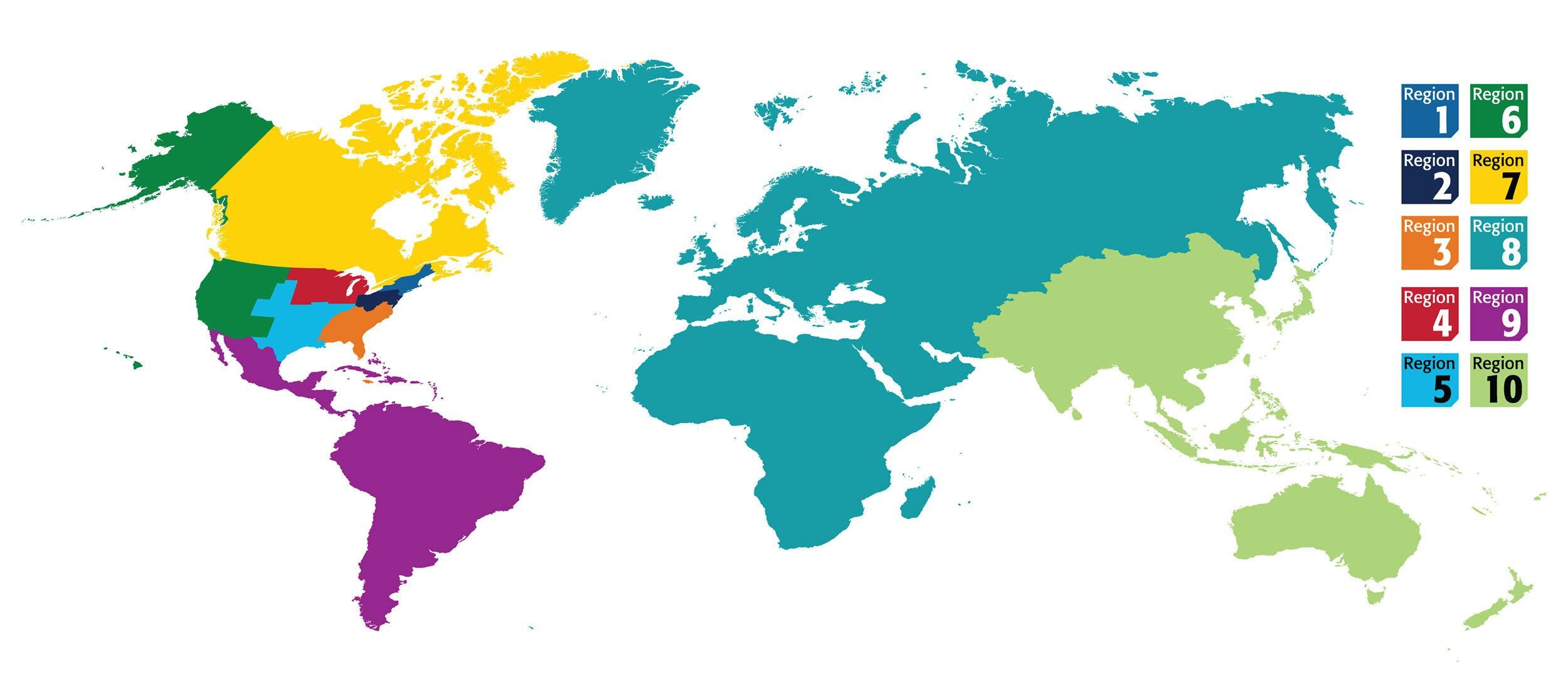Ever since IEEE has been organised into regions by geography. While at first thought the idea serves a global organisation well, the distribution has been questionable for the same period of time. For those readers not being members of IEEE: Region 1-6 are all located in the United States, whereas Region 7 and 9 are at least on the same continent. Canada finds itself in a Region (7) and South-America are organised in Region 9.
China, Southeast Asia and Australia are gathered under Region 10.
That leaves the “Rest of World” to Region 8. 56 countries gather in this organisation, spanning from South Africa to Norway, from UK and Ireland to Russia and all of the Middle East.
For any volunteer, this makes an interesting setting: having the opportunity to meet most diverse cultural backgrounds and the ability to exchange with most interesting markets, all on the one hand.
To bridge these timezones and cultural backgrounds makes decision making difficult for most of the time. Any new initiative require deep embedding of any individuals in the organisation to know the preferences and navigate the complex networks that evolved over time.

Discussions are underway about dividing and merging regions
Quote from IEEE Spectrum
The discussions are at least as old as my first involvement with Region 8. With IEEE Spectrum reporting about tendencies to reconfigure the setup, this may have more meat than only disgruntled volunteers ranting about the necessity.
Source: IEEE Is Working to Reconfigure Its Geographic Regions – IEEE Spectrum